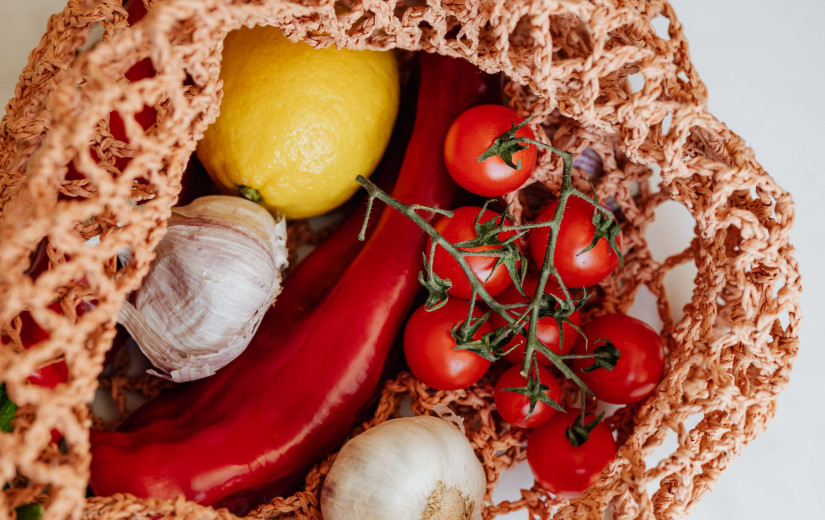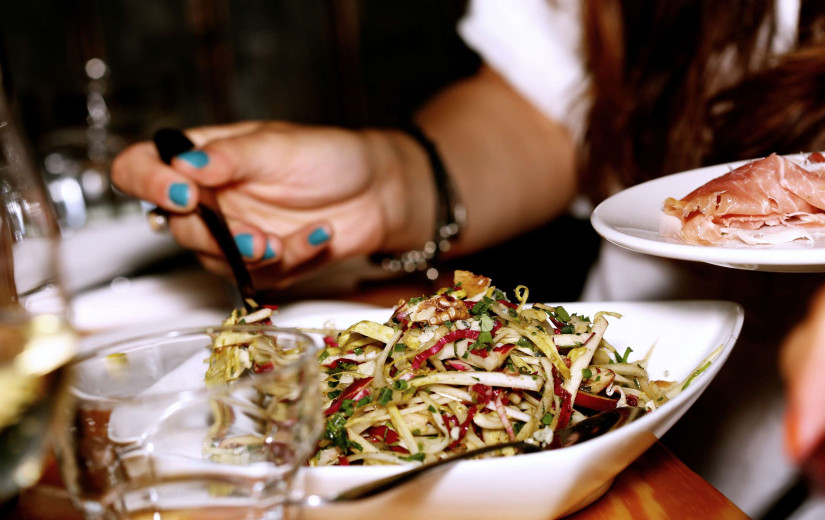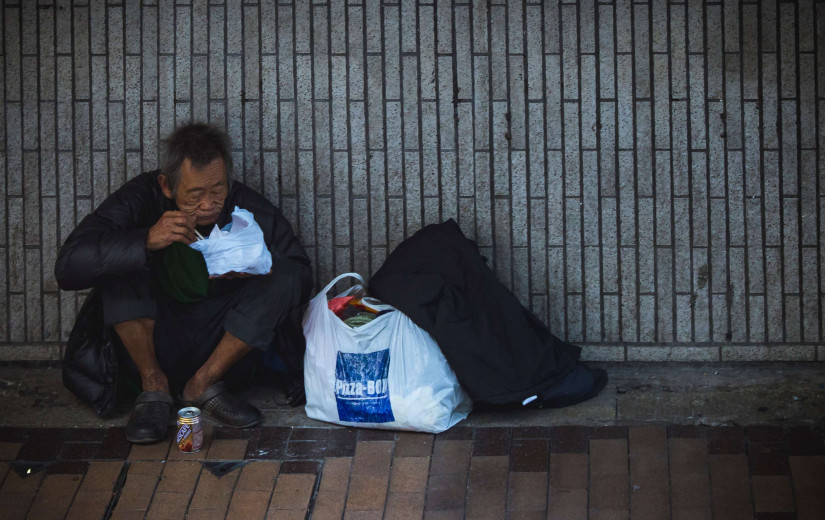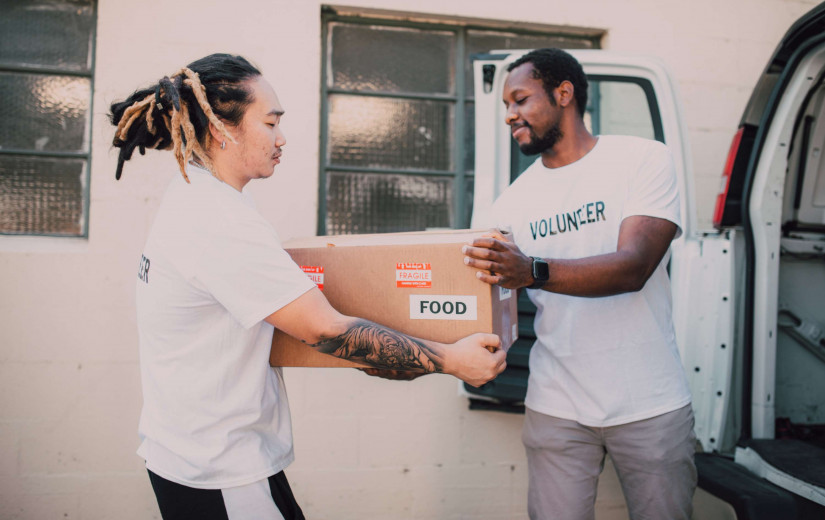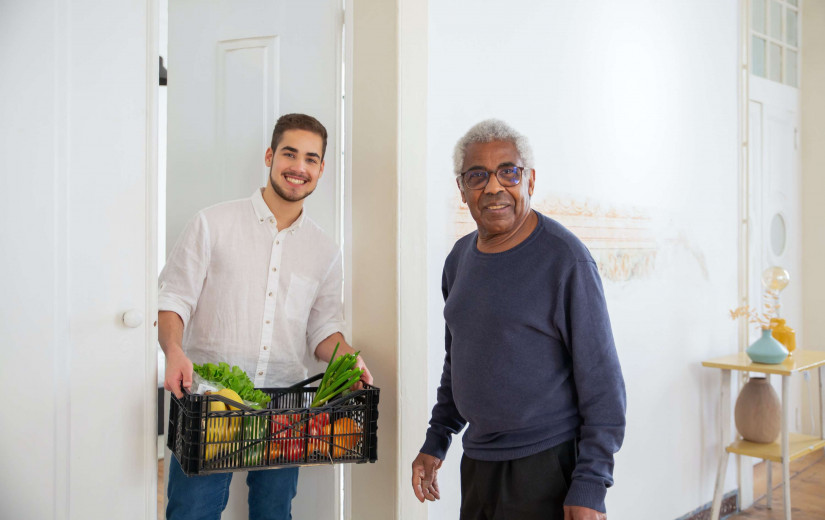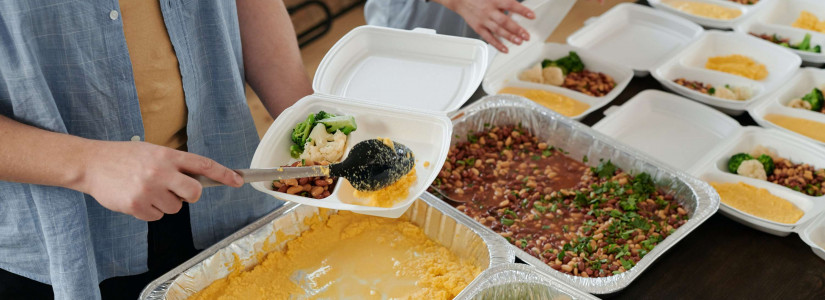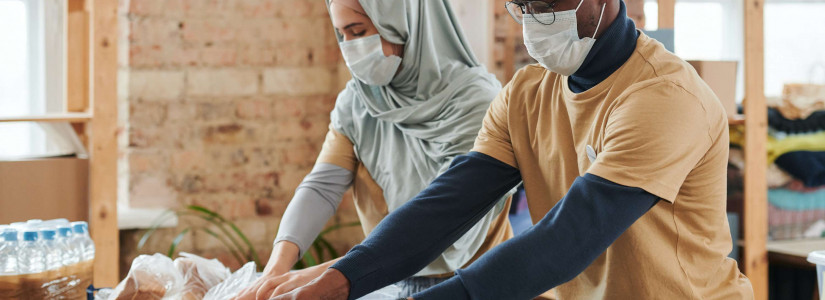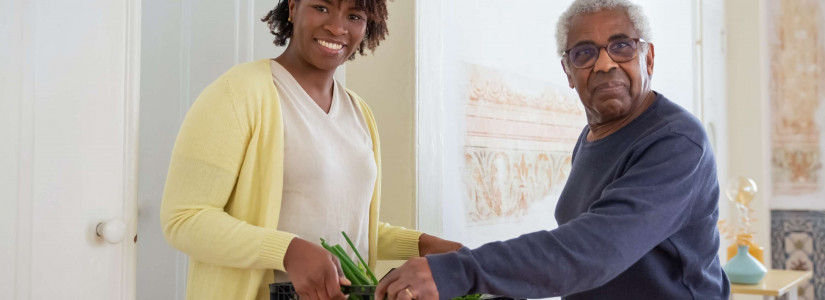Ready to Eat Out Again? Here is What You Need to Know About COVID-19 Dining
With all 50 states now in some stage of re-opening, more and more people are hitting up their favorite restaurant as they attempt to return to some sense of normalcy. While eating out is not inherently dangerous, doing so does elevate the risk of contracting the COVID-19 virus if you are not careful with your approach. Here are a few ways that you can dine out while still protecting your health during this global pandemic.
Choose to Dine Outside
While there is still a great deal of uncertainty surrounding how COVID-19 spreads, the research is repeatedly pointing to the fact that it is less likely to be spread in outdoor spaces. The fresh air and breeze mitigate the spread of the virus, making it safer to be outdoors when in the presence of other people. In contrast, staying indoors means that you have to rely on the venue's air filtration and ventilation system to protect you. This makes dining outdoors a much safer option if you are looking to minimize your risk of contracting the virus. Many restaurants are choosing to expand their outdoor seating options in order to accommodate more diners. In addition, some cities are taking this approach even further by closing down roads so they can be used as an outdoor eating space. The good news is that rising temperatures make it more enjoyable to dine alfresco.
Give Yourself Space
If the venue or weather does not allow you to dine outdoors, you can take safety precautions inside to minimize your risk. The cardinal rule is to not dine in a restaurant that is overcrowded. Fortunately, many states still have restrictions in place mandating that restaurants operate well below their capacity. If you enter a restaurant and it feels too crowded for you, do not be afraid to bail.
Leverage Take-Out Options
If you do not feel safe dining inside a restaurant, you can leverage their take-out options. As the virus began its rapid spread, many dining establishments expanded their take-out offerings in an attempt to remain open and serve customers during the economic shutdown. Because of this pivot, most restaurants are still equipped to provide this service to their customers. If you have any hesitations at all about eating at a physical restaurant, you should continue to leverage the availability of take-out for your meals away from home.
Arrive Prepared
If you choose to dine at a restaurant, it is important to arrive prepared. Do not assume that the venue will have all of the supplies that you need to keep yourself safe while on site. Wearing a mask when seated at your table and not eating will lower the risk that you pick up the virus. Be sure to bring hand sanitizer to wash your hands just prior to eating and when you leave the restaurant. You can also take care to avoid touching common surfaces while at the establishment.
Opt for Smaller Groups
You will have a higher risk of contracting the virus if you are seated at a table with people outside of your immediate family. For this reason, you may want to limit the number of people that you dine with. Many states already have restrictions in place limiting the number of people who can dine at a table at one time. If you find it important to accommodate a large group of people, it is a good idea to ask for a table outside.
Pick Establishments Wisely
Your choice of restaurants may also have a bearing on the risk that you face when dining out. It may seem obvious, but this is not the time to be indulging in that all-you-can-eat buffet. Although the virus cannot be passed through food, bodily fluids from infected persons can end up on serving utensils and other areas of the buffet. You can also ensure that you have a better experience by taking the time to check the restaurant's safety rating prior to the COVID-19 outbreak. Establishments that had been diligent about hygiene prior to the pandemic are likely to be more committed to keeping everything sanitized.
It is certainly understandable to want to pay a visit to a restaurant after so much time eating only at home. With the right precautions, you can increase the chances that you make this a safe experience.




